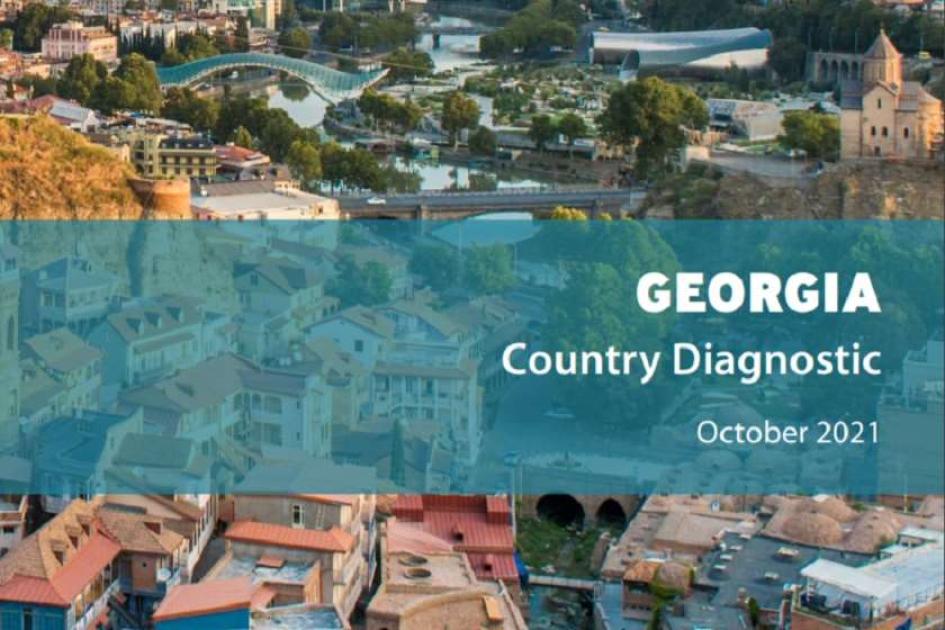
According to the report, in order to diminish the potential risk, the National Bank of Georgia introduced higher risk weights on loans and stricter requirements for unhedged forex lending before COVID-19. These instruments may prove very useful in limiting the negative effects of the COVID-19 crisis.
“As of September 2020, 56.1% of all loans and 60% of total deposits were denominated in foreign currency. Although these statistics still represent large shares of financial intermediation, they are past the peak of around 2015/2016. This is mainly due to the National Bank of Georgia’s mitigating actions and the implementation of the “larisation” programme. The results of the policy efforts are more visible on the asset side of banks’ balance sheets, with a significant increase in GEL-denominated loans since 2015. Nonetheless, businesses’ and households’ deposits in local currency also represent a higher share in 2020 compared to 2015,” - a joint report of the European Investment Bank and the European Bank for Reconstruction and Development says.
Based on the document, the establishment of a more robust TIBR benchmark interbank rate in 2018 and the adoption of a Repo Master Agreement have fostered the development of liquidity on interbank markets and contributed to bringing down short-term interest rate volatility.
0
0










